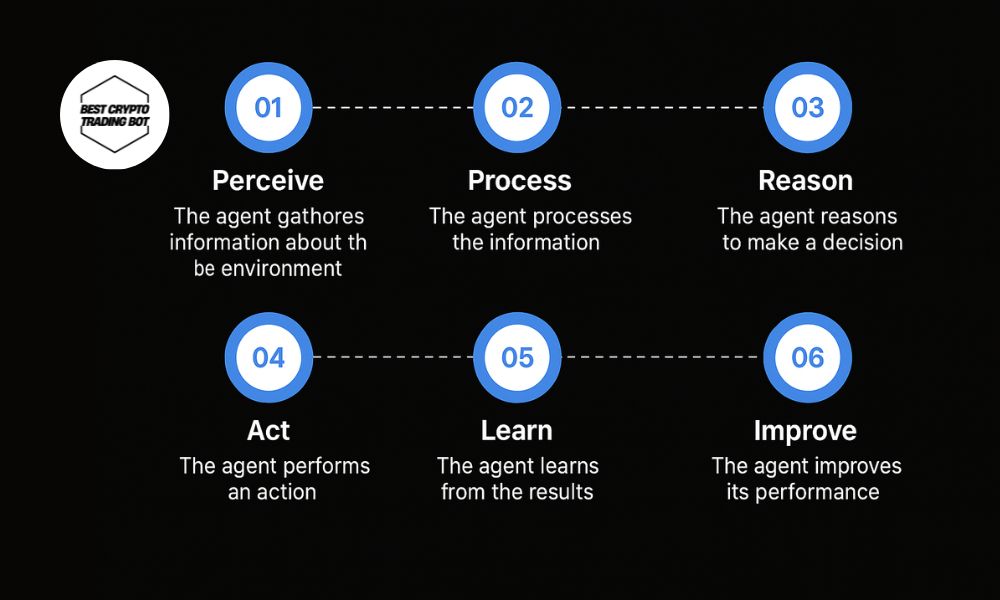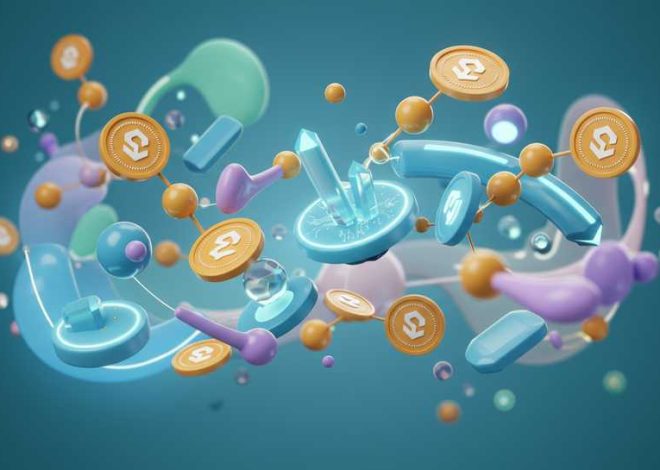
Agent function in AI: The core of artificial intelligence
Agent function in AI is a foundational concept, defining how an artificial intelligence agent maps its percept sequence to specific actions. This is essentially the brain, the core logic dictating behavior, allowing the agent to operate autonomously and intelligently within its environment, making decisions to achieve its defined goals. Understanding this concept is crucial for building effective AI systems.
Contents
Understanding AI agents
Before diving deep into “Agent function in AI,” we need to clearly understand AI agents. An AI agent is any entity capable of perceiving its environment through sensors and acting upon that environment through actuators.
Examples of AI agents are diverse:
- Robot vacuums: sensors are cameras, collision sensors; actuators are wheels, suction motors.
- Virtual assistants (like Siri, Alexa): sensors are microphones; actuators are speakers.
- Self-driving cars: sensors are cameras, lidar, radar; actuators are steering, braking, acceleration systems.
- Game-playing software: sensors are game state information; actuators are character control commands.
Each of these agents needs a “brain” to decide what to do based on what it perceives, and that’s precisely the role of the Agent function in AI.
What is an Agent function in AI?
As mentioned, the Agent function in AI is a mathematical function or logical process that describes how an agent selects an action based on its entire percept history (percept sequence). Simply put, it’s a mapping from percept sequences to actions:
f: P* → A
Where:
- P*: the set of all possible percept sequences.
- A: is the set of all possible actions.
- f: is the Agent function in AI.
The goal of an AI designer is to build an effective Agent function in AI that helps the agent achieve its goals optimally.
Core components in agent operation
Based on the illustration, we can see a typical operational flow of an AI agent, driven by this core mechanism. This process usually includes the following steps:
- Perceive: This is the first step, where the agent uses sensors to gather information about the current state of the environment. This information is called a percept. For example, a robot might “see” an obstacle, or a virtual assistant “hears” a command.
- Process: After collecting raw data from the environment, the agent needs to process this information. This process can include filtering noise, extracting important features, and understanding the meaning of the percepts. For example, from camera images, a self-driving car needs to identify pedestrians and traffic lights.
- Reason: This is the heart of the Agent function in AI. Based on the processed information and its knowledge base, the agent will reason to make a decision about the next action. This can involve applying rules, using logic, or predicting the outcomes of potential actions. The goal is to choose the best action to achieve its objectives.
- Act: Once a decision is made, the agent will perform the action through its actuators. This action will change the state of the environment or the agent itself. For example, the robot moves, the virtual assistant responds, the self-driving car brakes.
- Learn: An intelligent AI agent doesn’t just act based on pre-programming. It also has the ability to learn from experience. After each action and the resulting outcome (feedback from the environment, rewards, or penalties), the agent can update its knowledge and adjust its Agent function in AI to perform better in the future. This is the core of machine learning.
- Improve: The learning process leads to continuous improvement. The agent becomes increasingly effective at achieving its goals, adapts better to changes in the environment, and makes more accurate decisions. This loop of perceive-process-reason-act-learn-improve is fundamental to the development of artificial intelligence.
Popular types of agent functions
There are many ways to implement an agent function, depending on the complexity of the agent and the environment:
Simple reflex agents: Select actions based only on the current percept, ignoring percept history. They operate on condition-action rules.
Model-based reflex agents: Maintain an internal state to track the world. They have a “model” of how the world works and how their actions affect it.
Goal-based agents: Act to achieve specific goals. They require search and planning capabilities to find a sequence of actions leading to a goal state.
Utility-based agents: When there are multiple ways to achieve a goal, they choose the action that yields the highest “utility,” i.e., the level of “happiness” or efficiency.
Learning agents: Capable of improving their performance through experience, as described above. They include a “learning element” to make improvements and a “performance element” to select actions.
The Agent function in AI is a central concept, the key to building AI systems capable of intelligent and autonomous interaction with the world. Designing and optimizing increasingly complex agent functions is a driving force behind the continuous development of the artificial intelligence field.
In summary, the Agent function in AI shapes how intelligent agents interact with their environment, from perception to action and learning for improvement. This underpins countless AI applications. For more AI insights and exciting applications, follow Best Crypto Trading Bot for regular updates on this evolving world.



